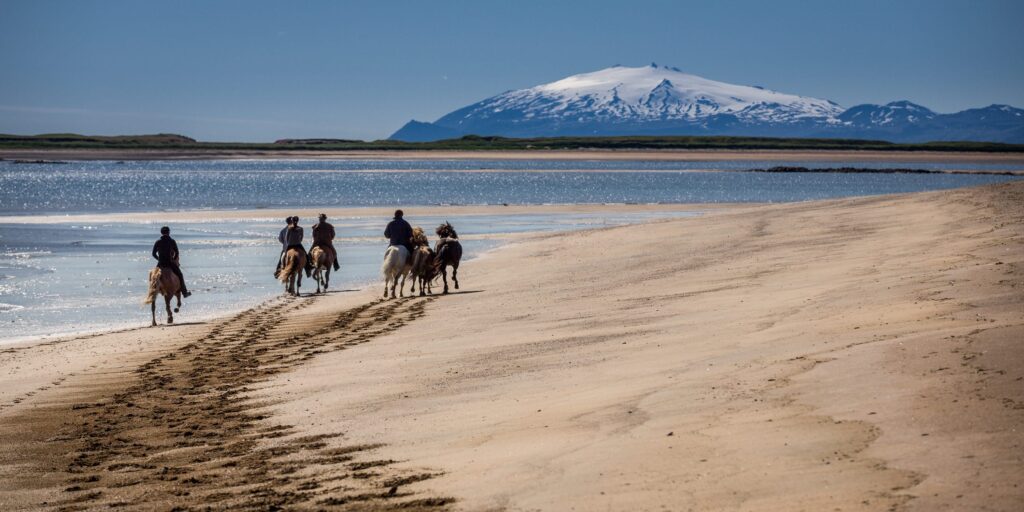[Above, the Snaefell shield volcano rises above a beach. Its capping glacier, Snaefellsjokull, is the centerpiece of its namesake national park at the far western end of the Snæfellsnes peninsula. [Photo courtesy of Visit Iceland]
On a long, skinny Icelandic peninsula, five small municipalities have teamed up to create a modest destination stewardship council and supporting network. Tiffany Chan, with Jonathan Tourtellot, explores the Snæfellsnes model of sustainable collaboration – a work in progress that has already earned a platinum sustainability rating.
A Council-and-Network Approach to Destination Stewardship
Iceland’s narrow Snæfellsnes peninsula pokes out 90km westward into the far North Atlantic from a point partway between Reykjavík and Vestfirðir (the Western Fjords). Its wild and diverse landscapes offer a blend of culture, nature, and history – waterfalls and lava fields, black and white sand beaches, an archeological site, a glacier-capped strato-volcano in Snaefellsjokull National Park, and rich cultural heritage woven into Icelandic folklore and history. The peninsula is a two-hour drive north of Reykjavík, putting it within day-trip range of tourists based in Iceland’s capital city.
Lots of tourists.
Iceland, “Land of Fire and Ice,” draws visitors from around the globe to observe the country’s gleaming glaciers, active volcanoes, erupting geysers, and cascading waterfalls. They come to hike in Icelandic parks and admire the dance of the Northern Lights. However, mass tourism did not reach this island nation until the last decade. According to the Icelandic Tourist Board, Iceland received just under half a million foreign visitors in 2010 – still larger than the country’s population of about 330,000. Thereafter, growth of foreign overnight visitors increased annually, peaking at a high of 2.3 million in 2018 and around 2 million in 2019, right before the global pandemic – almost seven times the number of inhabitants. Iceland’s overtourism can contribute to ecological damage of the wild landscapes that visitors hope to see. Further, coachloads of tourists are not conducive to the wilderness experience itself.

Sustainability is Rooted in Nature
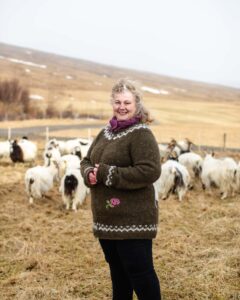
Overall, Snæfellsnes has taken a collaborative approach to various areas of sustainable development, including creation of Snæfellsnes Regional Park. The regional park was founded in 2014 by the five municipalities, nongovernment organizations, and other stakeholders to channel cooperation and share the area’s unique attractions with visitors and residents alike.
Additionally, for Snæfellsnes, destination certification was a step towards meeting sustainability goals. Snæfellsnes was the first European destination to receive an EarthCheck certification, in 2008. The certification program has been an effective project, keeping the environment, society and economy top of mind. According to the 10-year review on Snæfellsnes as an EarthCheck Destination, waste in landfills has been reduced by almost half, greenhouse gas emissions and energy performance are much improved, and the development of environmental programs and social initiatives have increased. Snæfellsnes Peninsula is now a certified platinum destination under the EarthCheck system.
Collaborative Governance
Collaboration in Snæfellsnes is based on an informal network of overlapping organizations.
• Byggðasamlag Snæfellinga is the destination stewardship council, made up of mayors from each of the five municipalities –- Snaefellsbaer, Helgafellssveit, Grundarfjörður, Stykkishólmur, and Eyjaog Miklaholtshreppur.
• Natturustofa Vesturands (the West Iceland Nature Research Center) manages Umhverfisvottun Snæfellsness (the Snæfellsnes Sustainability Program).
• The Snæfellsnes Regional Park, West Iceland Marketing, tourism unions, and the private sector are all involved in sustainable development as well.
Within this web of stakeholders, two particular individuals drive the sustainability effort in Snæfellsnes. Guðrún Magnea Magnúsdóttir, at the West Iceland Nature Research Center, is the Sustainability Program Manager. She coordinates sustainability programs and projects, including the EarthCheck Certification. Ragnhildur Sigurðardóttir, the Regional Park Manager, is equally involved in spearheading sustainability initiatives, as well as regional planning.
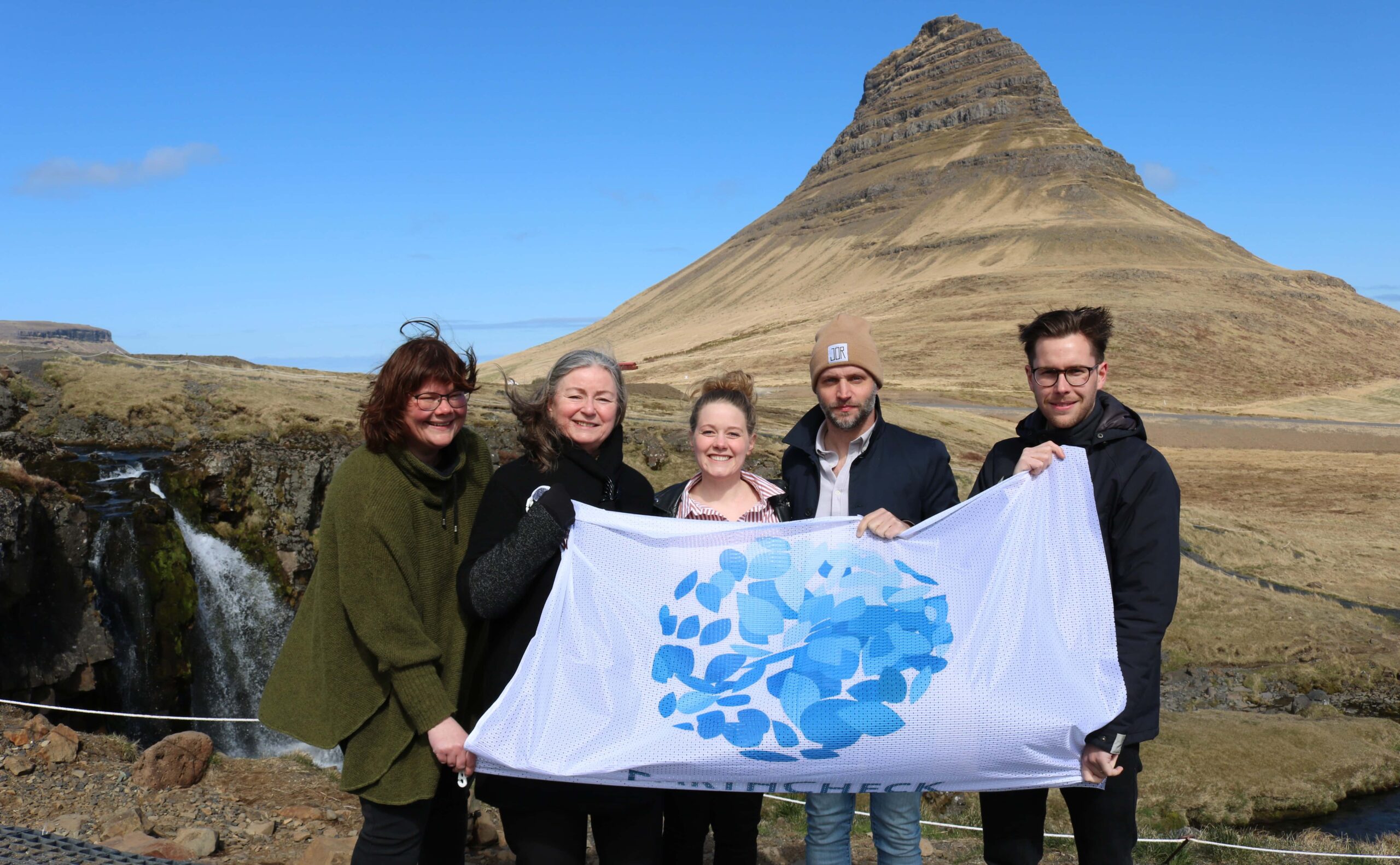
Sustainable Management as a Community
Oftentimes, political changes alter the course of sustainability progress. In Snæfellsnes, an election is held every four years. If not re-elected, the mayors all change at the same time, which can delay certain initiatives, but it does not impact the destination management plan in a significant way. However, multi-stakeholder involvement doesn’t come without challenges. Every municipality is different in size, funding and resources, with the smallest being 66 people with a tiny budget. There has been formal and informal dialogue about the potential of combining two municipalities, possibly even all five.
Regardless, sustainable management involves broad cooperation of parties and public participation. Snæfellsnes Regional Park (not to be confused with Snaefellsjokull National Park), is a joint effort by the municipalities and tourism stakeholders. The governing bodies include a Founder’s Council, under which a Steering Group and Working Group work in collaboration. Additional consultants assisted with landscape assessment, regional plan development, and project management.
Sharing a common vision allows for cooperation through environmental conservation and promotion.
Multiple parties are also involved in regional planning. Over 200 people from various groups and stakeholders come together, including the five municipalities, a local planning committee, and a local steering committee. The five municipalities appoint a regional planning committee to overlook zoning under their supervision. Every municipality has an individual plan, which must also align with the regional plan.

The regional park is funded by municipalities, the tourism union, the workers union, and farmers associations. Through the regional park, Ragnhildur Sigurðardóttir is responsible for training staff and running the Visitors Center. Guðrún Magnea Magnúsdóttir oversees the EarthCheck Standard and sustainability program, holding courses at the center. The Visitor Center is located at Breiðablik, the entrance to Snæfellsnes. It is open daily and provides tourists with trip planning information to help guide their visit within the region.
Most residents share an understanding that protecting natural resources benefits the entire community, but there are limits. “It would be great to have more happening in the Visitors Center, but once the work has been done, reality hits. You have to hire employees, pay for electricity costs and all that comes with running the center,” says Ragnhildur. “When the five municipalities come together, they also have to consider money that is needed elsewhere, such as building a kindergarten.”
Projects & Activities
The Regional Park is working on two important projects:
• Taking the initial steps for applying to become a UNESCO Biosphere destination.
• Destination branding and marketing under the “Choose or Stay” policy.
Choose or Stay is a national strategy for converting daytrippers from Reykjavík into overnight visitors. In Icelandic it rhymes: veldu eða vertu. It encourages visitors to travel slower, either by choosing just one site for a day trip or staying longer to see more. The approach helps create a circular travel route around Snæfellsnes while avoiding congestion due to large tour buses.
To further disperse tourists, a categorical system was created whereby a list of 28 popular locations is labelled A, B, C or D, based on various risk factors for the environment and the visitors. Visitor-ready locations with appropriate infrastructure in place are labelled A, while B is still in progress, C is a wishlist of places that they want to market to be visitor-ready or at least heading in that direction. D is for sensitive places where they don’t want visitors. This system helps manage the number of people visiting each location. Overall, it is going well and helps manage crowding by spreading people out.
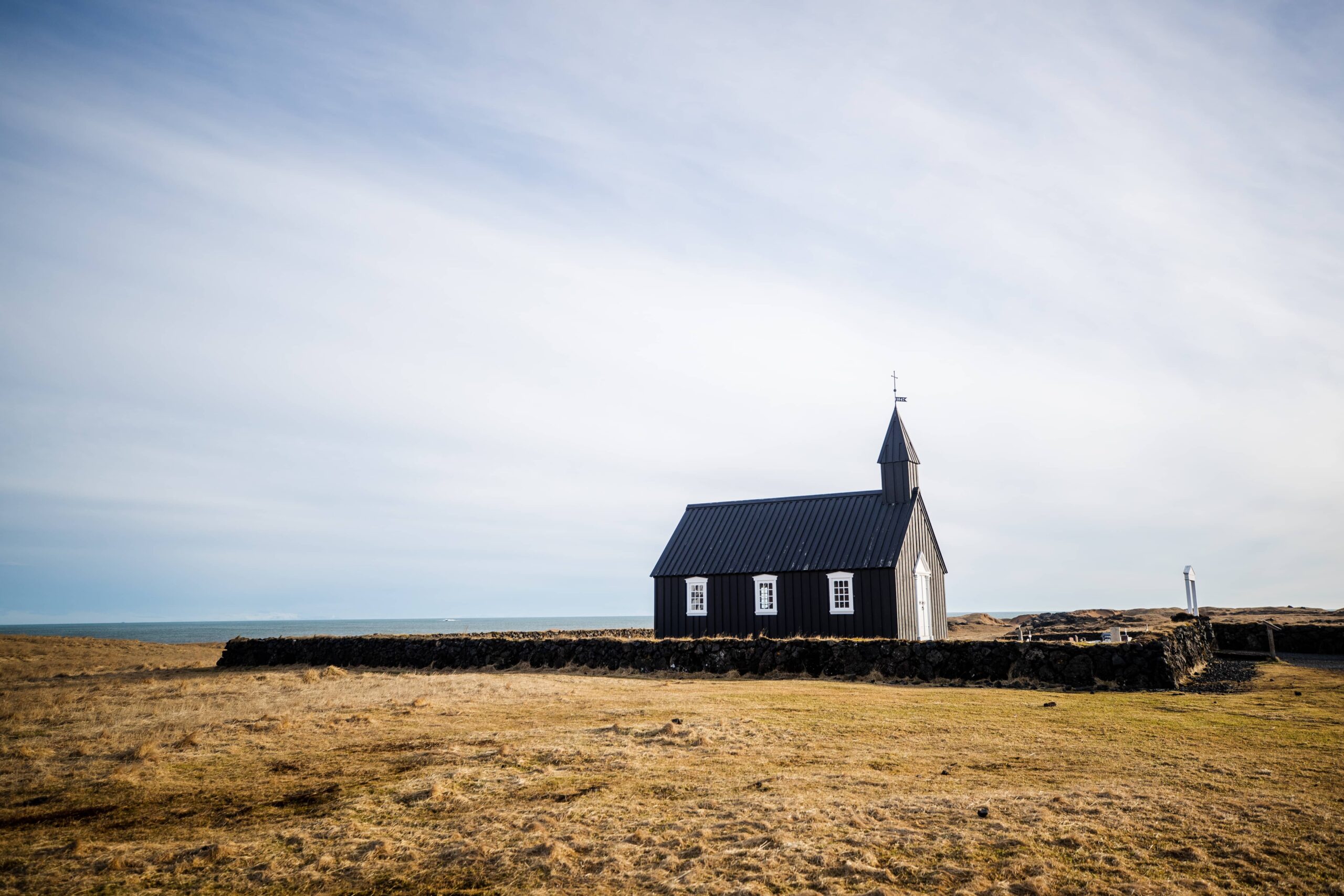
Measuring Progress in Rural Iceland
When asked how Snæfellsnes measures success, Ragnhildur responded: “We discuss results at our annual meeting. We ask everyone at the meeting for input. We work together and see Snæfellsnes as a whole, which is better when it comes to funding and finishing projects. At the same time, Guðrún and I often reject projects because we have to be selective.”
Additionally, there are plenty of evaluations. Following an action plan of what Guðrún and each municipality is doing, there is an evaluation at the end of the year to discuss how each project will proceed, with environmental and social factors in mind. The EarthCheck certification also requires an annual third-party performance audit. The benefit of being one of two areas in Iceland with certification (the other being the municipalities in the Westfjords), is the joint effort within the entire community. Many decisions in Snæfellsnes are directly linked to being certified, ensuring continued progress toward sustainability.
Commentary
As a council made up of mayors, the Byggðasamlag Snæfellinga seems to serve technically as the core of the informal network of overlapping organizations that address destination stewardship in Snæfellsnes. Threats of overtourism are weighed against a desire to grow.
“Twenty years ago, there was little tourism. Residents lived off the fishing industry, along with farming and agriculture. We are traditional and old fashioned, but we have deep roots. We want new inhabitants and companies to come to Snæfellsnes. This is the luxury of having a low population of residents,” says Ragnhildur.
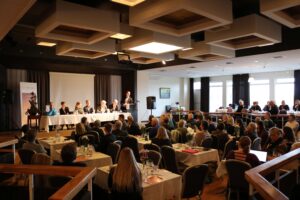
Economic, cultural, and ecological factors all come into play. “With elections bringing in a new board of municipalities, it is kind of political,” says Guðrún. She lists the major challenges:
- Politics
- Budgets to finance the program
- Mobilizing the community
- Reaching out to inform visitors – Mainly because of budget limitations, the villages don’t have the resources, the marketing, the informational signs, nor anyone for managing tourism.
Some say it would make sense for the regional park to manage all of it, but that will take more resources and collaboration. Meanwhile the certification consultant, EarthCheck, provides some measure of continuity, if tipped strongly toward environment over social and cultural sustainability. Snæfellsnes’s current governance arrangement may seem somewhat messy, but the destination is of manageable size, there is broad cultural support for sustainability, and the outlook encouraging. Perhaps that Icelandic aphorism does apply: “It will work out.”

